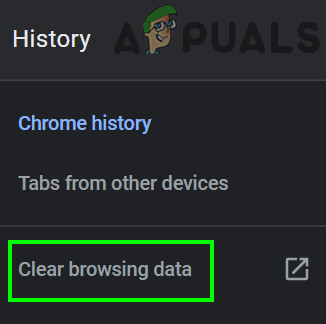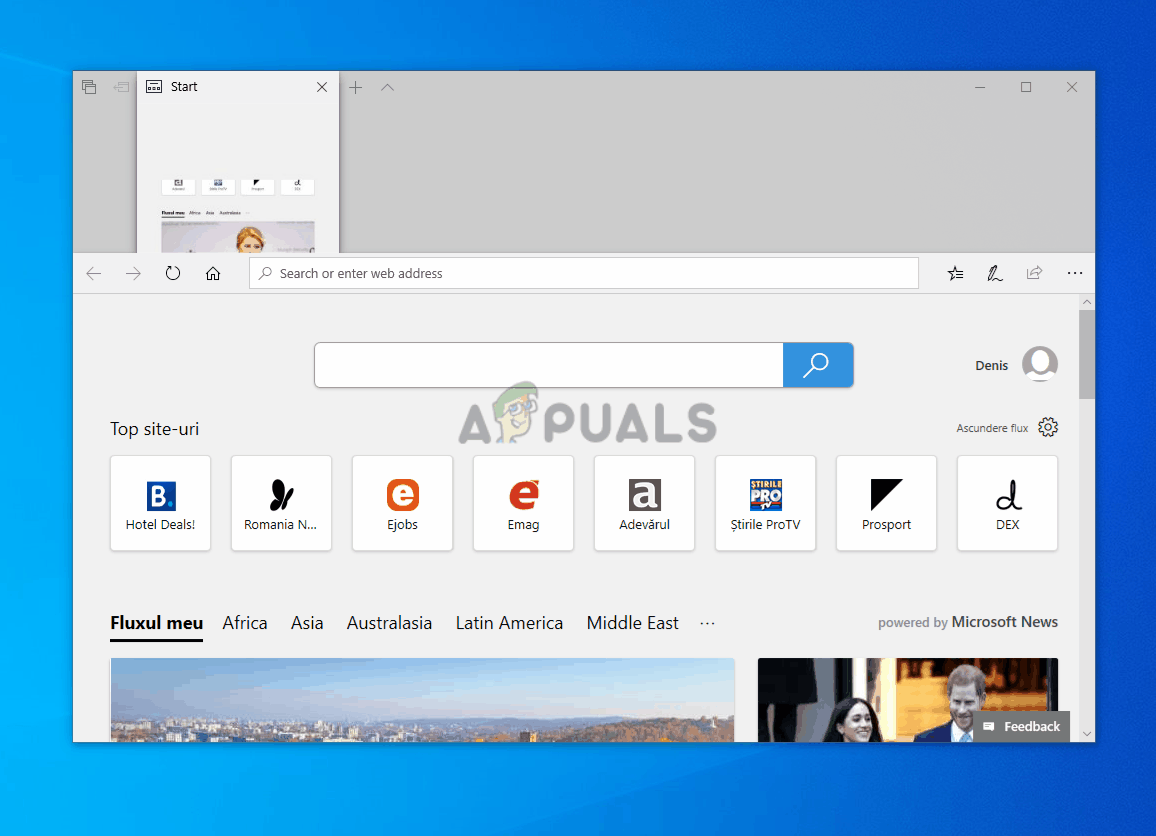[How To] Clear Your Cache On Any Windows Browser
There are a lot of reasons why you’d want to clear the cache of your browser. Whether you’re trying to resolve a technical issue, you want to get past a 404 error or you’re just looking to erase your web trail locally, clearing your browser cache will do the job.

But given the segmented nature of Windows, there are at least 5 different worthwhile browsers (3rd party and native) that people are widely using. Of course, Google Chrome holds the most market share, but Firefox, Opera, Edge, and Internet Explorer are still fairly common.
Regardless of your preference, we’ve created 5 different sub-guides with step-by-step instructions that will help you clear your browser cache correctly on Chrome, Opera, Firefox, Microsoft Edge, and Internet Explorer.
NOTE: Keep in mind that the vast majority of browsers that aren’t featured here are Chromium-based. So in case your browser is not on the list, just follow the instructions for Chrome.
A. Cleaning the Cache on Chrome
- Open your Chrome browser and close every additional tab.
- Next, click on the action button (three-dot icon) in the top right section of the screen.
- Once you’re inside the Settings menu, scroll all the way down to the bottom of the screen, then click on Advanced to bring up the hidden menu.

Accessing the Advanced menu of Google Chrome - After you’re inside the Advanced menu, scroll down to the Privacy and Security tab and click on Clear browsing data.

Open Clear Browsing Data Menu - Next, click on the Basic tab and ensure that the boxes associated with Cached images and files and Cookies and other side data are enabled.
- After you do this, set the Time range to All time using the drop-down menu, then start the process by clicking on Clear data.

Clearing the Cache & Browsing data on Chrome - Wait until the operation is complete, then restart your browser and see if the Netflix issue is fixed.
B. Cleaning the Cache on Firefox
- Open Firefox and close any additional tab (aside from the one that’s currently open).
- Next, click on the action button in the right corner of the screen, then click on Options from the newly appeared menu.
- After you’re inside the Settings menu, click on the Privacy & Security button from the menu on the left.
- Next, scroll down to Cookies and Site Data and click on Clear data to bring up the cleaning utility (that’s built-in into Firefox).
- Once you’re inside the Clear data menu, go ahead and check the box associated with Cookies and Site Data and Cached Web Content.
- Now that you successfully configured the cleaning up utility, go ahead and click on Clear to begin the process of clearing your web content data.
- Once the operation is complete, restart your browser and see if the problem is now fixed by repeating the action in Netflix that was previously causing the M7034.

Cleaning the web cache of Firefox
C. Cleaning the Cache on Opera
- Open your Opera browser and close every additional tab (aside from the one that’s currently active).
- Next, click on the Opera icon (top-left corner) and click on Settings from the newly appeared context menu.
- From the Settings menu, select the Advanced tab, then click on the Privacy & Security tab from the vertical menu on the right.
- Once you’re inside the Privacy & security menu, move over to the right-hand side section and scroll down to the Privacy tab.
- Inside the Privacy tab, click on Clear browsing data.
- Set the mode to Basic, then change the Time range to All time, then check the boxes associated with Cookies and other site data and Cached images and files.
- Start the process of clearing the Opera cache by clicking on Clear browsing data.
- Restart your browser, open Netflix again, and see if the problem is now fixed.

D. Cleaning the Cache on Internet Explorer
- Open Internet Explorer, ensure that only one tab is opened, and click on the Settings icon (top-right corner).
- Inside the Settings menu, click on the Safety tab, then click on Delete Browsing History.
- Inside the Delete Browsing History tab, check the boxes associated with Temporary Internet files and website files and Cookies and website data.
- Start the cleaning operation by clicking on Delete, then wait for the operation to complete.
- Once the operation is complete, restart Internet Explorer and see if the problem is fixed.

E. Cleaning the Cache on Edge
- Open Microsoft Edge and click on the hub icon located in the top right section of the screen.
- Next, select on History tab from the context menu, then click on the Clear Icon hyperlink.
- After you’re inside the Clear Browsing data tab, check the boxes associated with Cookies and saved website data and Cached data and Files while unchecking everything else.
- Start the clearing process by click on Clear, then wait for the process to complete.
- Once the cleaning up process is complete, restart your computer and see if the issue is now fixed.

Cleaning the Cache on Edge





